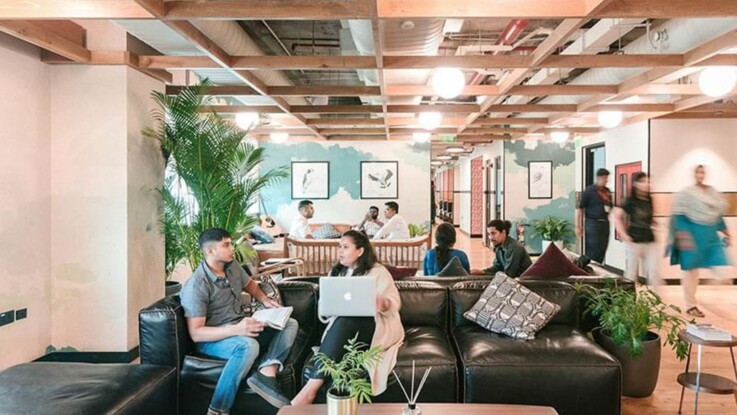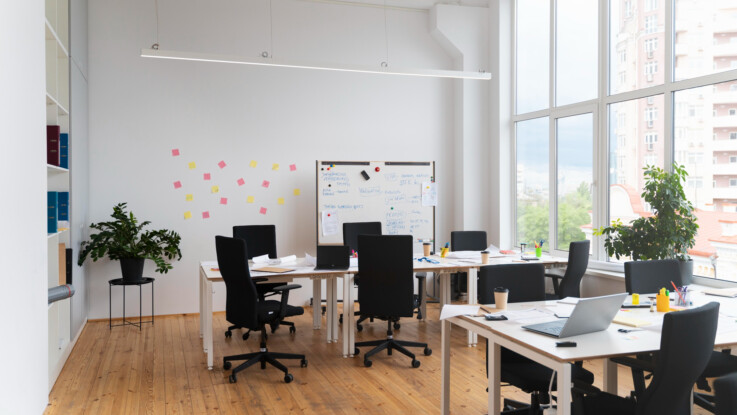Changing American Work Habits reflect a deep shift in how, where, and why people work—driven by technology, generational values, and the lasting effects of the COVID-19 pandemic. Here’s a snapshot of the most significant trends:
1. Rise of Remote and Hybrid Work
Remote work is no longer a perk—it’s expected. Many companies now offer hybrid models where employees split time between home and office. This shift is reshaping everything from office design to where people choose to live.
2. Decline of the 9-to-5
Flexibility is king. More professionals are choosing asynchronous schedules, working when they’re most productive rather than sticking to rigid hours.
3. Focus on Work-Life Balance and Mental Health
Workers, especially Millennials and Gen Z, are prioritizing well-being over hustle culture. Employers are responding with wellness programs, mental health days, and more accommodating policies.
4. Growth in Freelancing and the Gig Economy
A record number of Americans are choosing to freelance. Tools like Upwork and Fiverr, plus coworking spaces and digital nomad visas, support this more mobile, independent lifestyle.
5. Shift from Career Loyalty to Purpose
Today’s workforce is driven by values and purpose more than tenure or title. People are changing jobs more frequently to align with companies that reflect their ethics, diversity goals, and social impact.
6. Increased Use of Technology and AI
Digital tools and AI are automating routine tasks, changing job roles, and allowing people to work more efficiently from anywhere.
7. Redefining What “Work” Looks Like
Whether it’s a coworking space, a park bench with Wi-Fi, or a virtual office in the metaverse, Americans are proving that productivity isn’t confined to cubicles.




